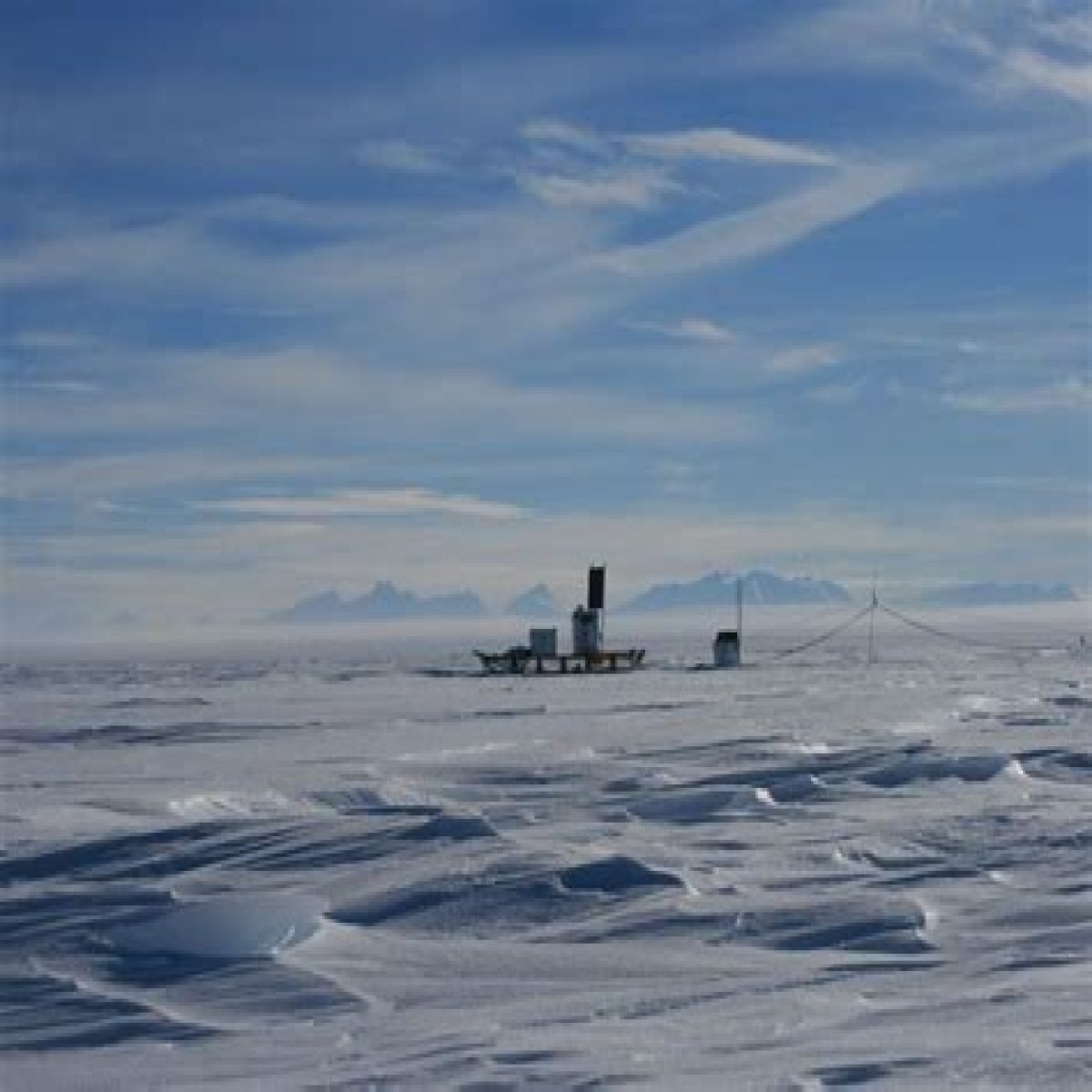Extreme Science
Researchers with the British Antarctic Survey have been planning for 16 years to drill a borehole into the ice atop this subglacial lake, a hole that will freeze back over within 24 hours. Shown here, a twin otter aircraft landing at Lake Ellsworth.
Field Equipment
Here, the twin otter aircraft delivering field equipment for the endeavor to look for life in Lake Ellsworth.
Living at the Extremes
Camping in the deep field, Lake Ellsworth, Antarctica. This is one of the most extreme and isolated locations on Earth with very cold temperatures (down to minus 13 Fahrenheit, or minus 25 Celsius) and high winds.
Lengthy Hose
The hot-water drill will be used to make a 1.9-mile (3-kilometer) borehole through the ice and into Lake Ellsworth. The hose is 2.1 miles (3.4 km) long; only two companies in the world could deliver a continuous hose of this length, both based in the U.K.
Seismic Survey
Lake Ellsworth was mapped in detail by scientists using seismic survey techniques. They discovered a hidden lake 7.5 miles long, by 1.9 miles wide and 492 feet deep (12 km long, 3 km wide and 150 meters deep), roughly the same size and depth as Windermere in the U.K.
Sun Dogs
Sun halos (also known as sun dogs) are seen as a ring of light on either side of the sun, as seen over the Lake Ellsworth field camp. They are formed by ice crystals in the atmosphere.
Amazing Antarctic Peaks
The Ellsworth Mountain Range is home to Antarctica's tallest peaks, with the highest-mountain distinction going to Mt. Vinson, which rises to an elevation of 16,860 feet above sea level.
Surrounded By Mountains
The Ellsworth Mountains (shown in the background here with the drilling site in the foreground) stretch some 200 miles (322 km) long and 30 miles (48 km) wide. They are located at the base of the Antarctic Peninsula.
Hidden Lakes
Lake Ellsworth, on the West Antarctic Ice Sheet, is one of 387 known subglacial lakes in Antarctica. The Ellsworth Mountains are shown in the background behind the field site.
Location, Location
Scientists endure staggeringly chilled conditions when working in the deep field at Lake Ellsworth, with a scientist shown here at a GPS station.
